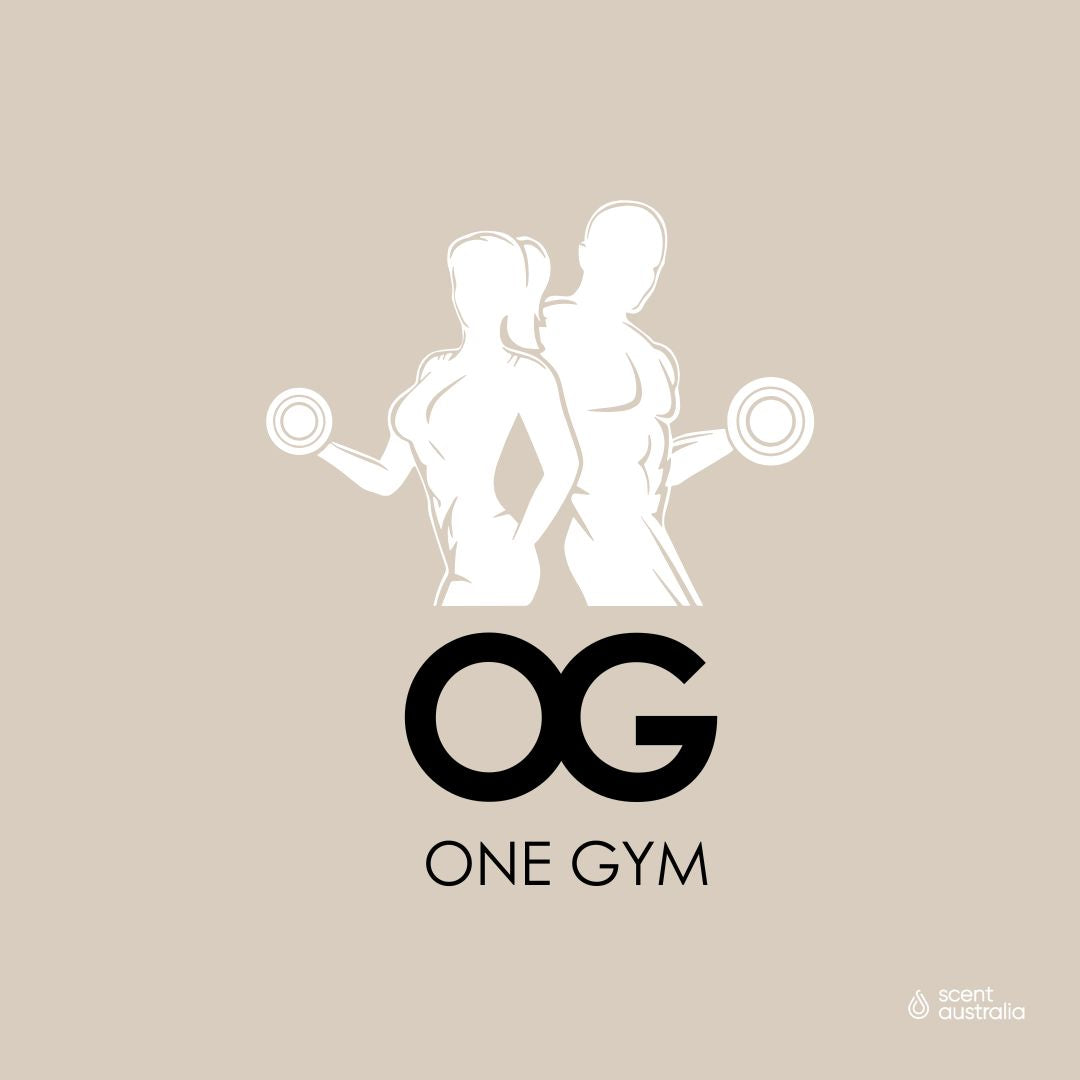The importance of a multisensory experience

Incorporating all five senses—including smell—into a buying experience creates a deeper emotional connection with the brand

Have you ever walked into a bakery and been immediately transported back to your childhood by the smell of fresh cookies? Or walked into a hotel spa and felt the stress of the outside world disappear?
It’s not coincidence. The sense of smell, which is directly linked to emotion and memory, has the ability to elicit powerful reactions. When promoting any product, the majority of sales occur when customers are in a relaxed, receptive, and trusting state. If they are tense or guarded, it’s difficult to hold their attention, let alone land a sale.
The question is: How do you get customers in the right mood to buy?
In the car dealership world, traditional answers would probably include having well-groomed staff, a slick sales floor, appealing offers, and “sign and drive.” Although these methodologies are important, there is a way to create deeper, more meaningful customer experiences utilizing a new, innovative resource: scent marketing.
The Five Senses
Humans have five senses: hearing, sight, taste, touch, and smell. The sense of smell is the most powerful and influential scent. In fact, humans are 100 times more likely to remember something based on scent than any other sense. Along with scent’s prevalent connections to memory, it is also the sense that evokes the most powerful emotional response. Appealing to customers’ sense of smell creates sales opportunities by putting them in the buying mood.
Aromachology is the science of understanding scent’s role in the human decision-making process. A pioneer in the study of scent, Eric Spangenberg, theorized that he could activate the “buying mood” in customers through scent—and thanks to modern technology, his research has become a reality.
According to major players in the scenting industry, scenting can help increase the perceived quality and value of a produce or brand while also increasing customers’ linger time. A case study conducted by Dr. Alan Hirsch, in cooperation with Nike, placed two identical pairs of shoes in two separate, but identical, rooms. The only difference was that one room was scented with a floral aroma, while the other remained unscented. Customers preferred the pair of shoes in the scented room by 84%. They also evaluated that the shoes sold for an average of $10.33 more than those in the unscented room—a prime example of perception becoming reality.
Scenting can put customers at ease and entice them to return for service and maintenance needs. Another case study, conducted by researchers Roberta Sellaro and Lorenza Colzato of Leiden University, examined the effects of the scent of lavender on trust. In the study, they found that when people were exposed to the lavender scent, they were more trusting with their money. They concluded, “Smelling the aroma of lavender may help a seller to establish more easily a trusting negotiation to sell a car.”
The purchase of a vehicle is a moment to be remembered. Associating a specific scent to that positive memory will constantly evoke the emotions of that purchase. So what can dealers do to capitalize on this growing trend? Two words: olfactory logo.
An Olfactory Logo
Creating an olfactory logo, or custom scent, for a brand or car dealership is not a one-size-fits-all process. It involves digging deep to discover what the brand represents and who comprises its customer base. It’s crucial to pay careful attention to the kind of buying experience the brand is trying to evoke, and what kind of driving experience it represents. The more you incorporate the five senses into a given experience, the deeper the emotional connection with the brand.
For example, the Lexus customer is typically a bit older and looking for a luxurious, smooth driving experience. The company’s signature scent uses notes of vanilla to evoke trust and dependability, hints of mahogany and leather to evoke luxury, and ends with a touch of violet. Lexus created a car spray and offered it as a gift to customers that service their car at the dealership. The idea was to tap into the scent memory and evoke the same feelings of excitement and positivity customers felt when first purchasing their car.
In contrast to Lexus’ approach, the BMW brand is about performance, style, and luxury, so its olfactory logo includes citrus notes to increase positivity and energize customers.
When customers enter an enhanced environment that was created specifically for them, they are likely to feel more comfortable making a purchase. By influencing your customers’ emotional responses, you can maximize your brand experience, enhance the selling environment, and ultimately, increase your bottom line.
This article was originally published in Dealer Marketing.








 Brian Clark
Brian Clark










